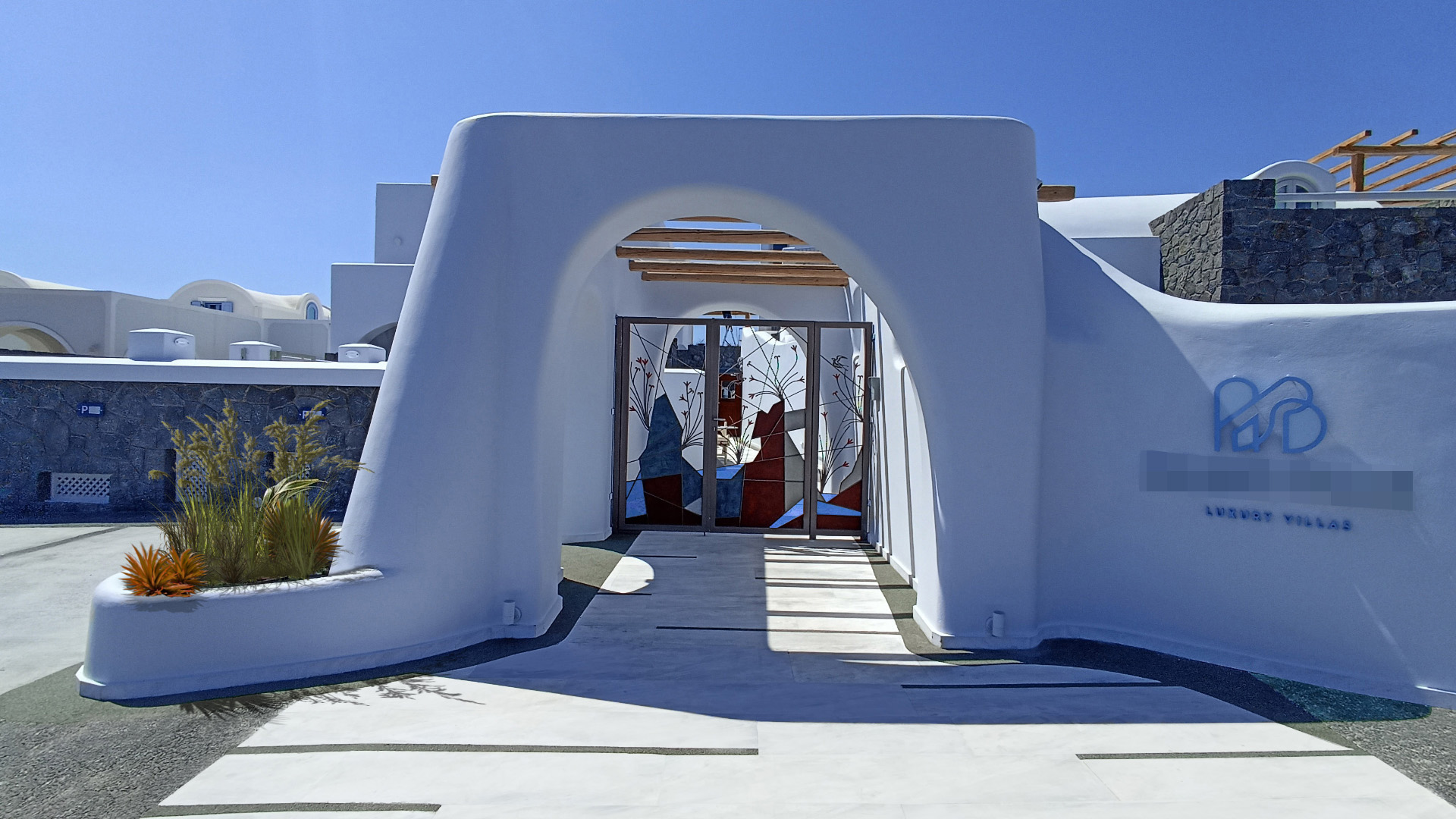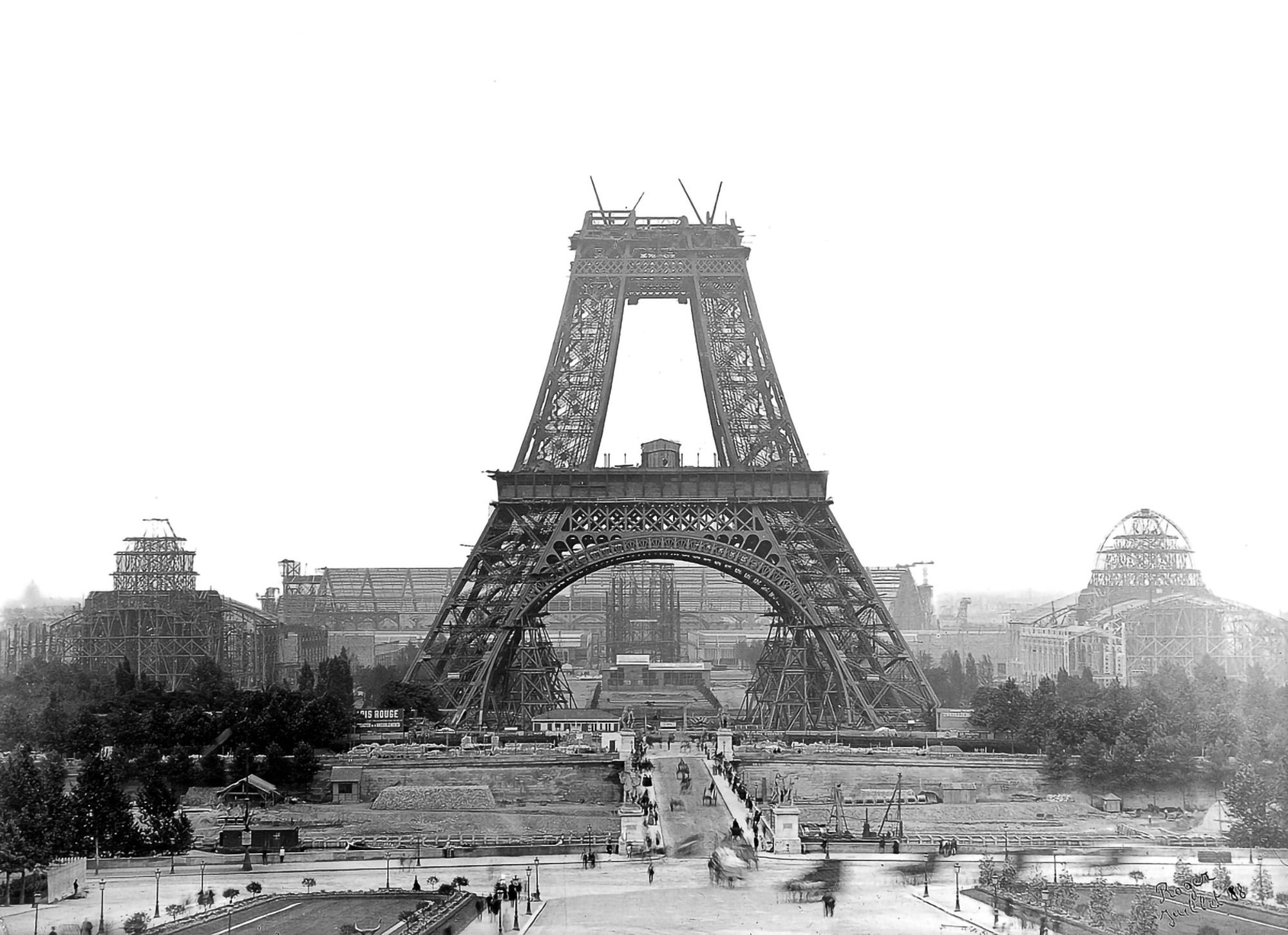
A New Beginning
A new beginning –
Looking through my collection of photos, I found some that I would like to share with you because I believe that most of you are not familiar with them.
As you can easily understand they describe the stages of construction and lifting of the Eiffel Tower in Paris.
The two main features that struck me as particularly striking and which characterize the furious development of the era are:
(a) the development of the subset of sciences and arts that helped the science of engineering to create this magnificent work.
b) the development of the optical arts and media that gave us these historic photographs.
“We shape our buildings; thereafter they shape us.’’ Winston Churchill
Μία νέα αρχή-Ανατρέχοντας στη συλλογή των φωτογραφιών μου, βρήκα κάποιες που θα ήθελα να μοιραστώ μαζί σας γιατί πιστεύω ότι στους περισσότερους από εσάς δεν είναι γνωστές.
Όπως γίνεται εύκολα αντιληπτό περιγράφουν τα στάδια κατασκευής και ανύψωσης του πύργου του Άιφελ στο Παρίσι.
Τα δύο βασικά χαρακτηριστικά που μου έκαναν ιδιαίτερη εντύπωση και τα οποία χαρακτηρίζουν την οργιώδη ανάπτυξη της εποχής είναι:
α) η ανάπτυξη του υποσυνόλου των επιστημών και των τεχνών που βοήθησαν την επιστήμη της μηχανικής να δημιουργήσει αυτό το υπέροχο έργο.
β) η ανάπτυξη των οπτικών τεχνών και μέσων τα οποία μας έδωσαν αυτές τις ιστορικές φωτογραφίες.
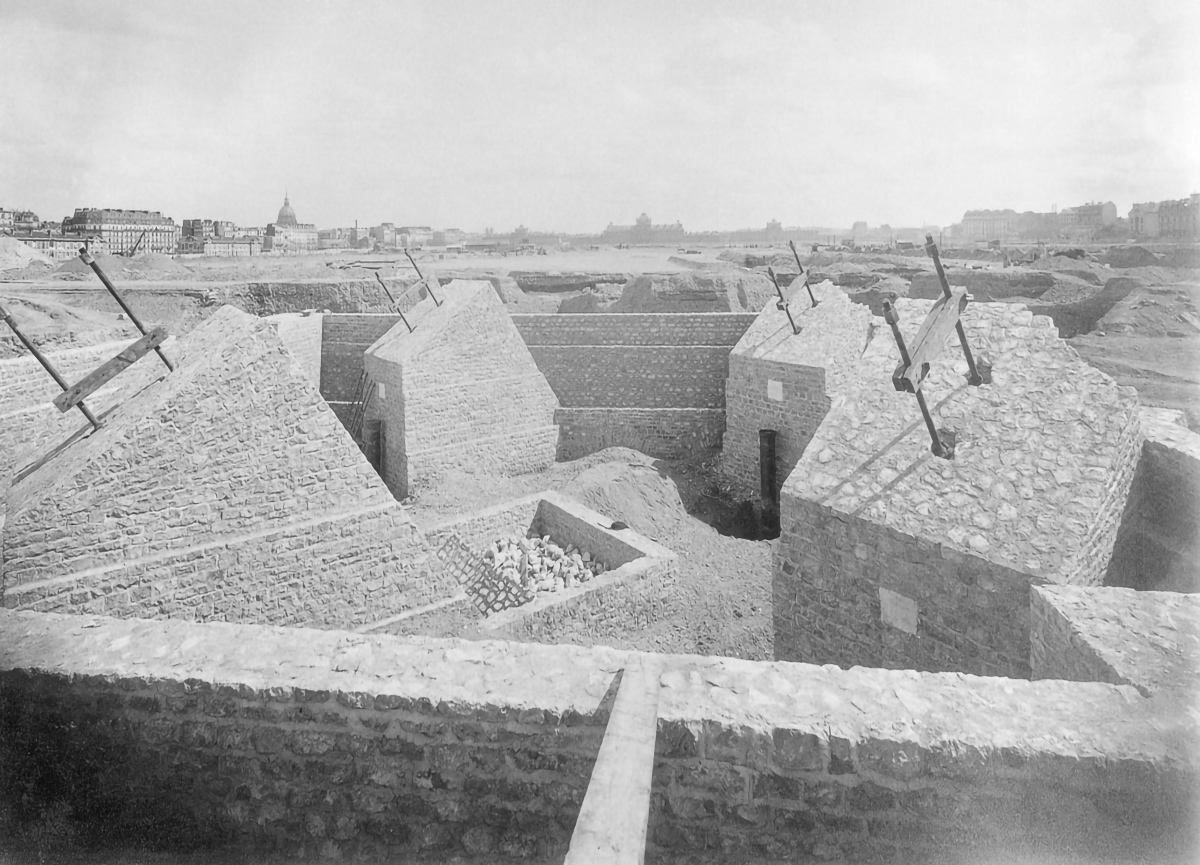
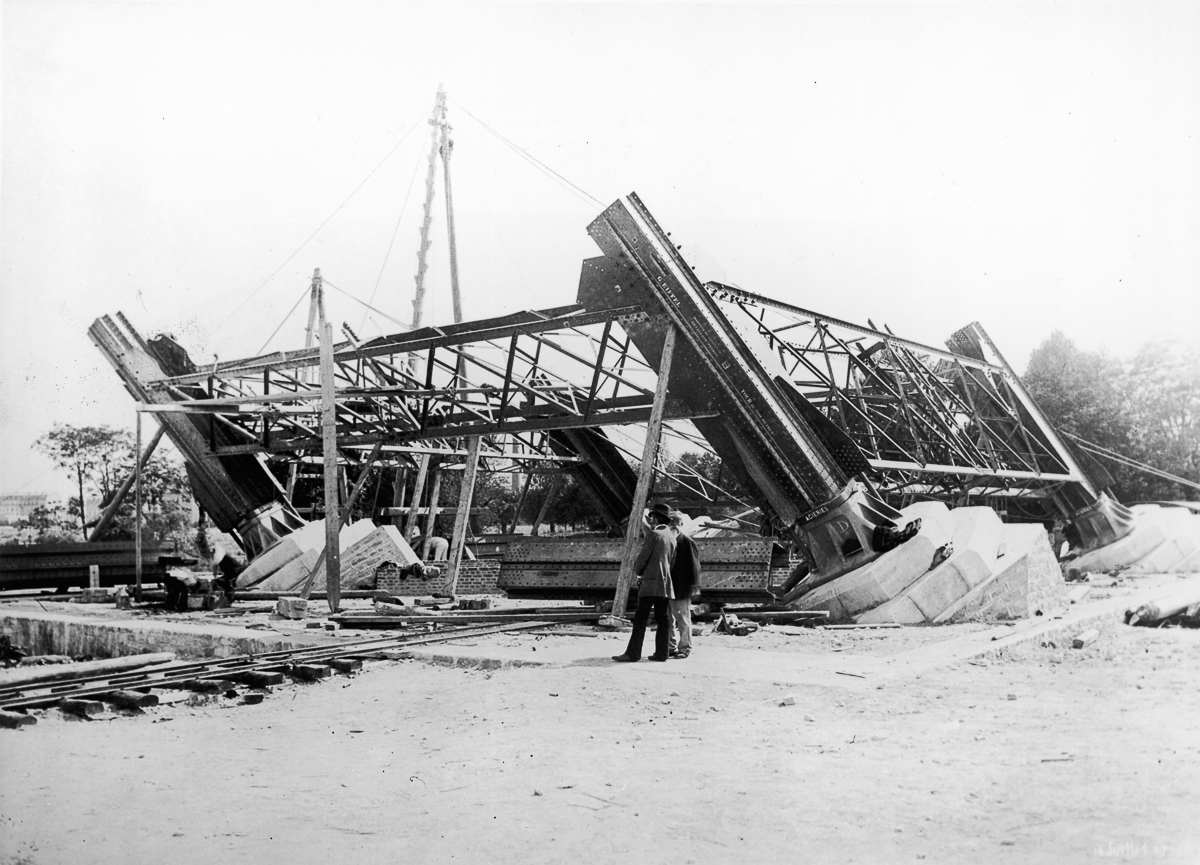
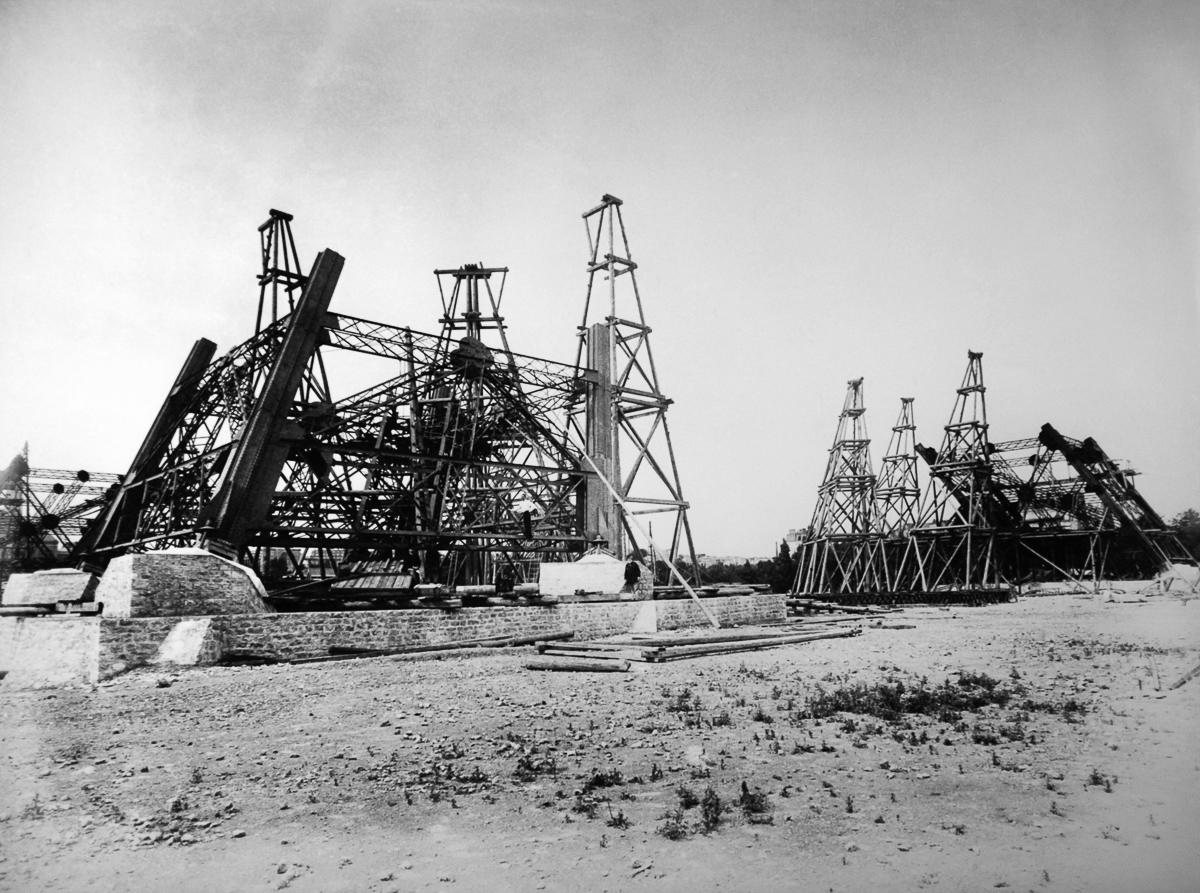
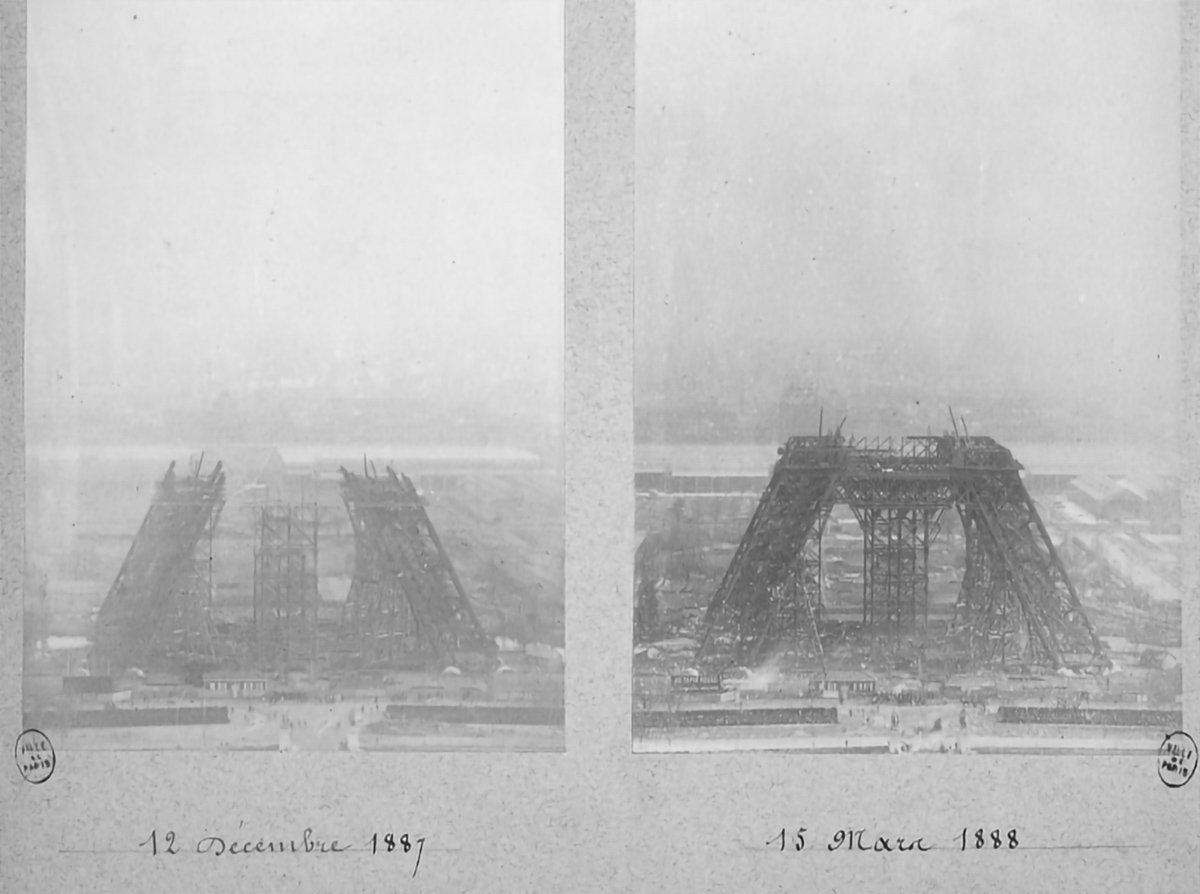
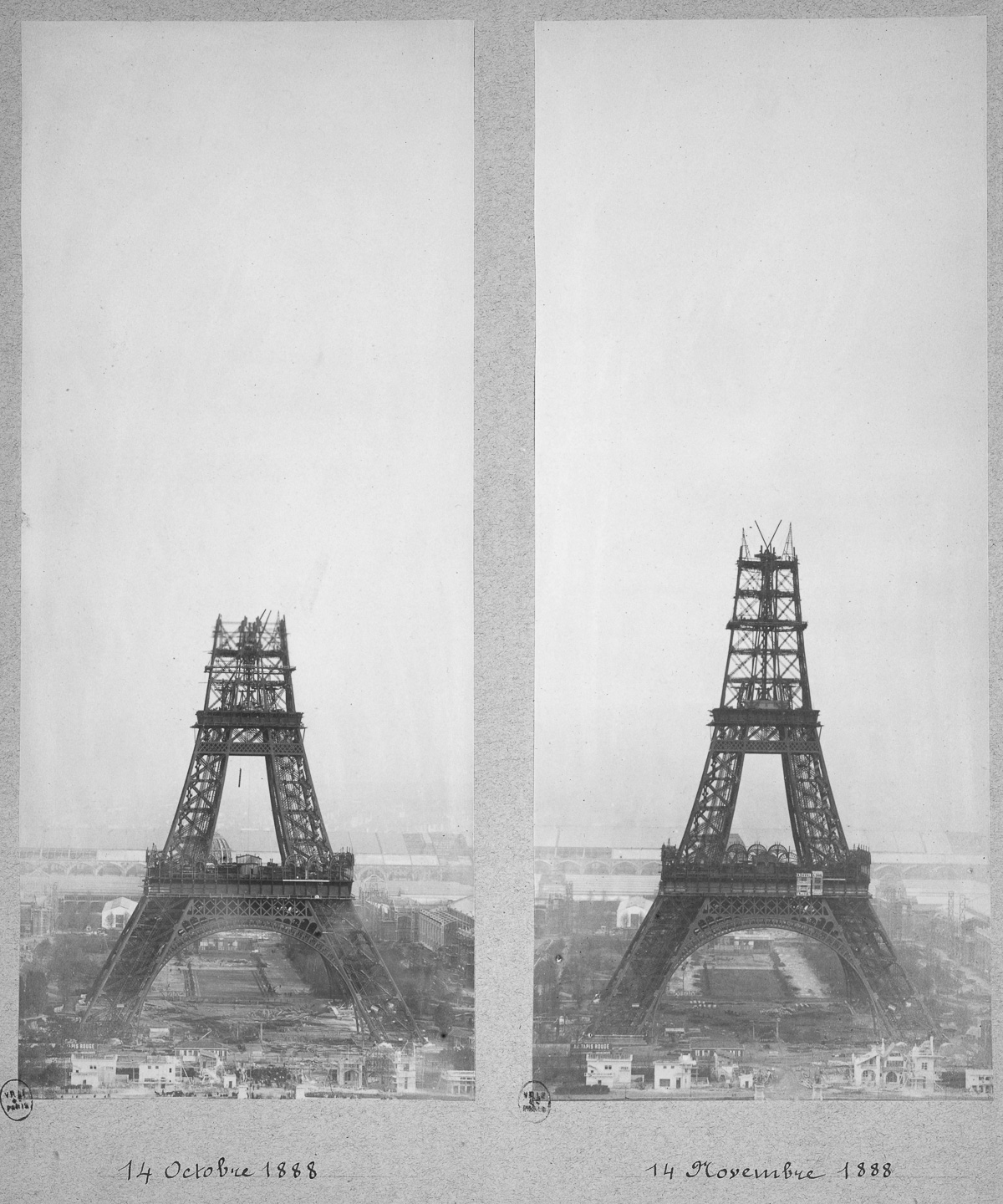
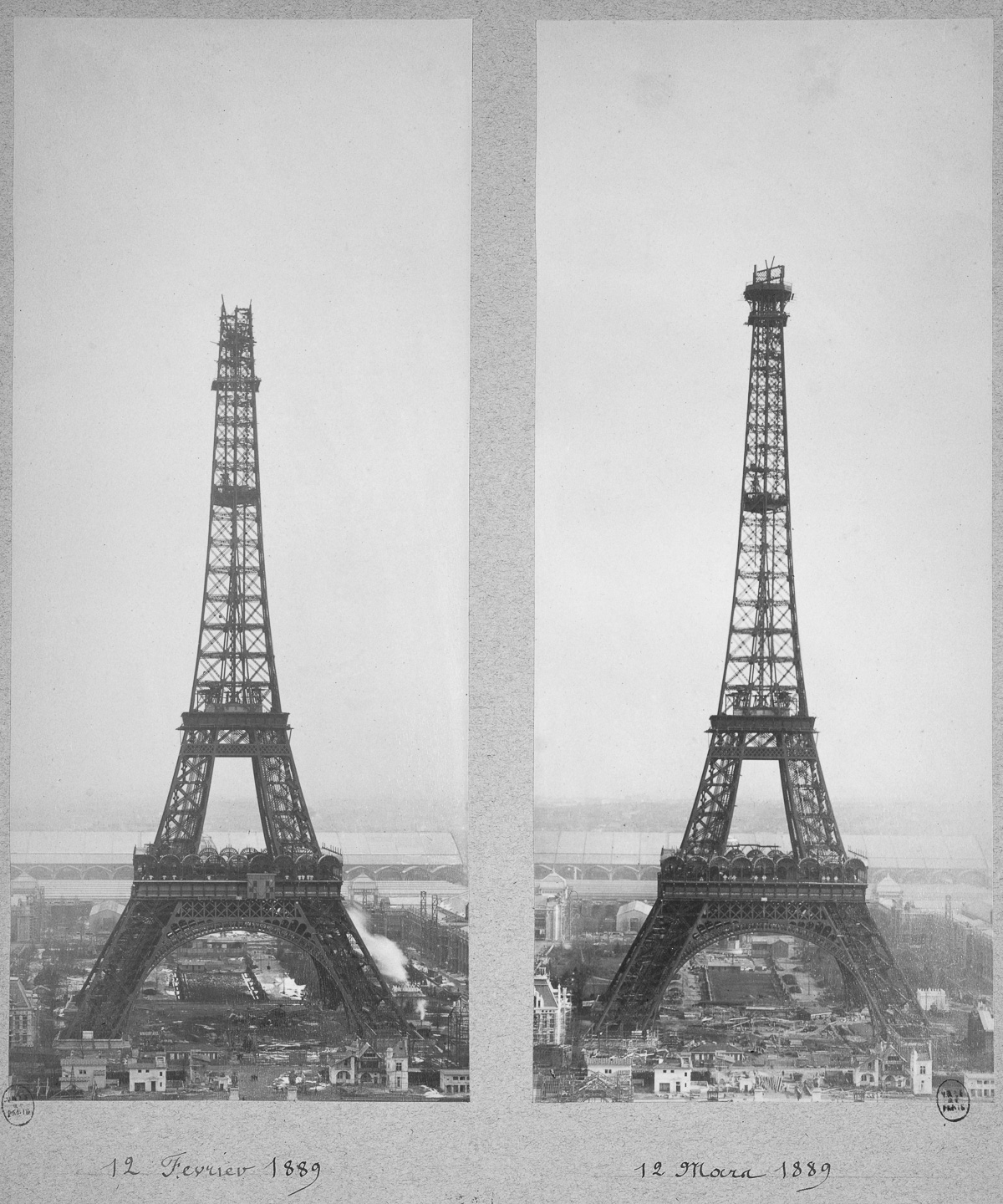
’’What’s the Eiffel Tower Worth?How to place a value on the Paris landmark’’
Winston Churchill once said, “We shape our buildings; thereafter they shape us.”
The Eiffel Tower of Paris — arguably the most iconic landmark of Europe — has certainly shaped the people of Paris and the seven million tourists who visit it each year.
Constructed in 1889, this 1,000-foot-tall monument in the heart of France’s capital city is a striking lattice of wrought iron with 20,000 lights to set it aglow each night. Hotels, restaurants, river tours, and art studios boast of their coveted views of this striking architectural marvel. In fact, many businesses charge significantly more than their competitors for access to those views. .
As the chief appraiser of Veristrat, I have valued some of the most unique assets in the world, including the Brooklyn Bridge, the Trans-Alaska Pipeline, and the State of Hawaii. When valuing assets like this, for which there are no market comparisons or databases to refer to, we have to consider different aspects of value than we would when appraising a business.
For instance, why would France want to know the value of the Eiffel Tower to begin with? Usually, valuation is associated with a deal or transaction, but France is unlikely to sell this internationally recognized symbol of Paris. However, valuations can also be important for accounting, taxes, insurance, and budgeting.
While the Eiffel Tower probably won’t be sold or leased out, a natural disaster or the ravages of time could require repairs or rebuilding. In this case, a valuation would be an important step in the process.
To understand the value of the Eiffel Tower, we can start with its beginning. It cost $1.5 million (USD) to build the tower in 1889. Adjusting for inflation using the Consumer Price Index (CPI), this comes to $44 million.
Fast-forward to 2011 and the National Geographic channel’s program Pricing the Priceless speculated that it would cost $480 million to entirely rebuild the tower.
And in 2012, a study by the Chamber of Commerce of Monza and Brianza in northern Italy found the tower to be worth $510 billion.
So, which is correct? Is the Eiffel Tower worth $44 million, or $480 million, or $510 billion–or another amount?
Considering that the Eiffel Tower would never be purchased or sold, we cannot rely on the two traditional methods of valuation: income and market approach.
Instead, we have to consider what it would cost for the French government to rebuild this monument, or to replace it with a structure that has similar features and functions. To rebuild this European landmark, the French government would need to plan and design the structure, prep the land, acquire the materials, and organize the labor and equipment.
And while the land beneath this famous monument is probably one of the most valuable parcels in Europe — likely worth billions on its own — we can rule it out of our valuation because even in an accident, there’s very little chance that the land would be significantly damaged.
Let’s take a look at those three possible valuations of the Eiffel Tower now.
The inflation-adjusted value of $44 million: Too low. This would barely cover the cost of designs and permits.
The $480 million estimate from Pricing the Priceless: The claim is from 2011 and a lot has changed in the past decade. Also, it’s unclear what’s included in this figure and how the appraisers came to this conclusion.
The Italian valuation from Monza and Brianza of $510 billion: If we considered the overall economic benefit that the monument brings to the French economy, including ticket sales, tours, and the incremental revenue that hotels and restaurants can charge for views of the tower, this number could make sense. But that’s not the task at hand for us.
The cost of rebuilding or replacing the Eiffel Tower, as a construction project today, can be estimated at $2 billion to $2.5 billion. That cost would break down as follows:
Estimated Invoice: New Eiffel Tower
Design, planning, and permits: $50 million
Sitework and foundation: $100 million
Materials: $600 million
Labor: $700 million
Equipment and transport: $200 million
Insurance and administration: $150 million
Miscellaneous and incidentals: $200 million
Total: $2 billion
Of course, no monetary amount can encompass the cultural and artistic value of a monument like the Eiffel Tower, or the Sydney Opera House, or London’s Big Ben. The iconic structures that represent our cities and nations are made of steel and stone, labor and planning, and ingenuity and artistic brilliance. But as we admire them and take inspiration from them, these monuments begin to shape our lives and become legendary. See Veristrat for more on Eiffel Tower valuation.
text credit: Inc
….
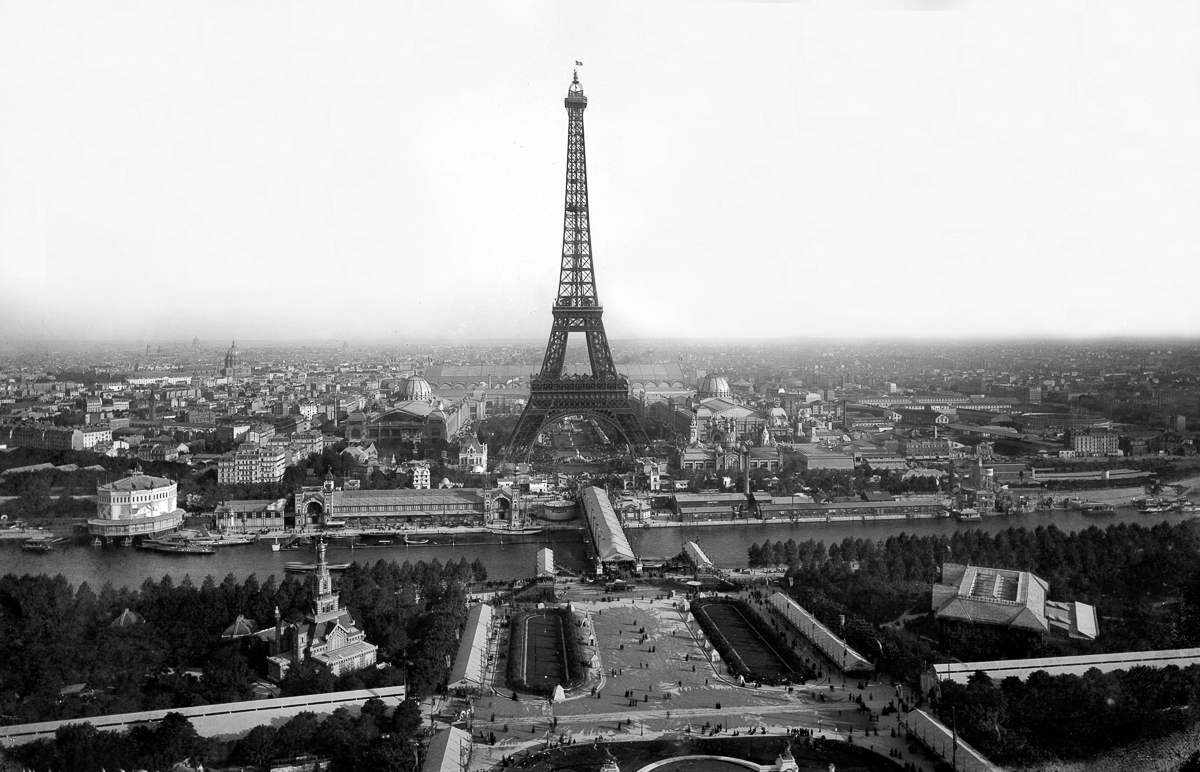
World Fair of 1889, Paris. The Eiffel Tower.


